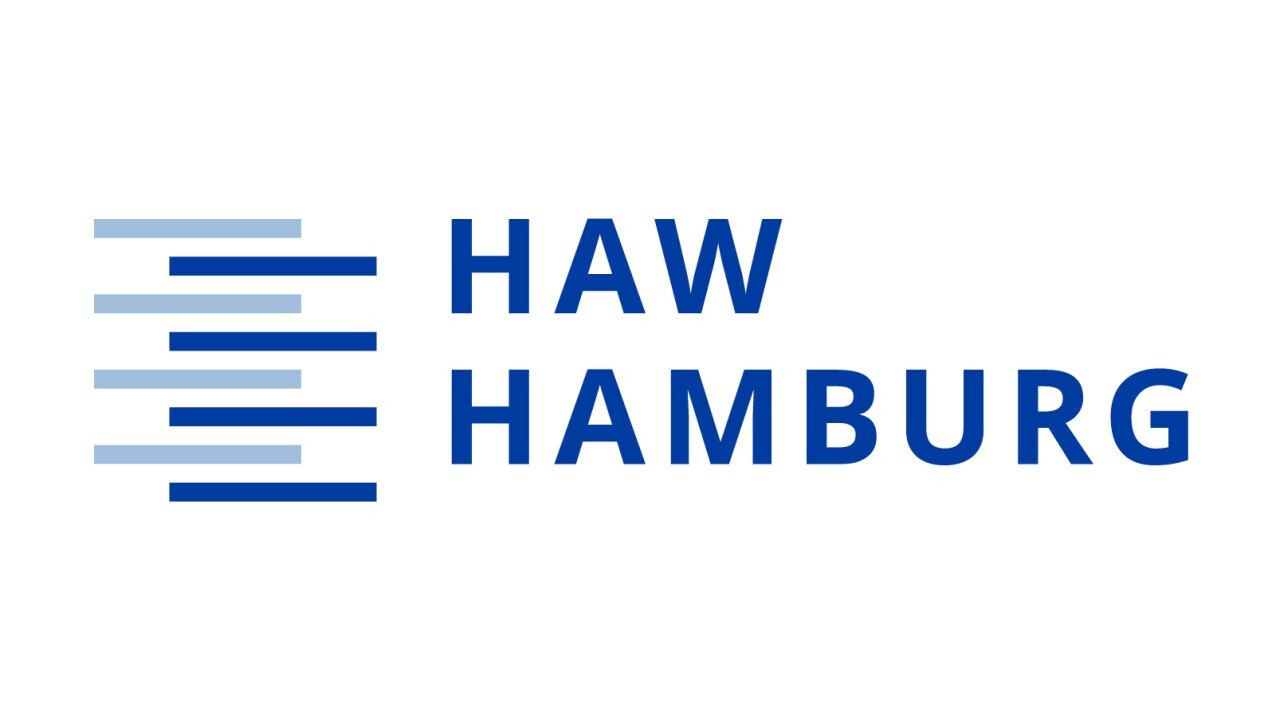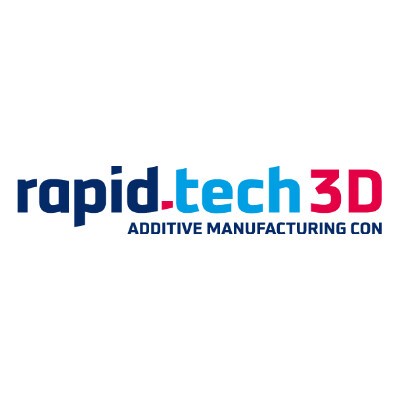Green Part Properties as Design Driver for “First Time Right” within sinter-based Additive Manufacturing
In the presentation, the audience will learn about specific limitations within sinter-based additive manufacturing processes in the context of component dead load. Furthermore, the audience will learn how to deal with these limitations in the design phase for the realization of “First Time Right”.
Bookmark
This paper examines features of parts manufactured via the processes cold metal fusion (CMF) and metal fused filament fabrication (MFFF), which are both categorized as sinter-based additive manufacturing (SBAM) processes. The results of the investigations are a step towards part design for “First Time Right”, which unlocks economic and sustainability potential for these processes. The paper includes an introduction to the technologies examined and the methodology in which SBAM parts are designed. The main part of the paper deals with the failure of SBAM parts during subsequent processes such as thermal debinding and sintering. Stresses induced by parts’ dead load are analyzed and interpreted as a design driver. The differences in the failure behavior of parts from both technologies are shown and discussed in the context of part design. In addition to the possibility of evaluating conventionally designed SBAM parts, the findings also show potential for automated part design. A load case is established to design parts suitable for debinding and sintering. The findings are implemented in a case study in which an existing part is receiving a redesign via topology-optimization. Subsequently, the optimized part is manufactured via the CMF process.
Presentation language: EN
Speakers (1)



